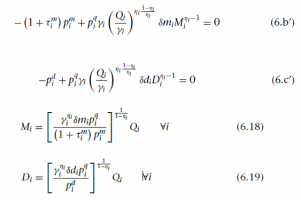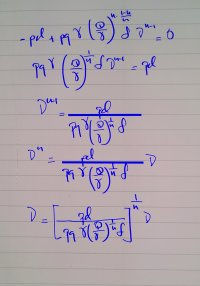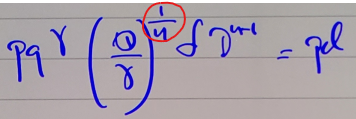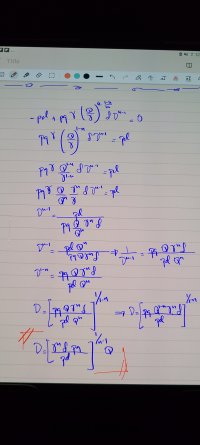Windows2000
New member
- Joined
- Jun 26, 2022
- Messages
- 4
Hello,
This may seem trivial, but I have been trying to work out the solution to an equation. It is a Lagrange problem. I am following the textbook to get the solution on one of the decision variables, but I cannot see how they solved for those variable.
In short, I want to know how they solve for M and D from Eqs (6.b) and (6.c) respectively, to Eqs (6.18) and (6.19).
I would really appreciate any help with this
This may seem trivial, but I have been trying to work out the solution to an equation. It is a Lagrange problem. I am following the textbook to get the solution on one of the decision variables, but I cannot see how they solved for those variable.
In short, I want to know how they solve for M and D from Eqs (6.b) and (6.c) respectively, to Eqs (6.18) and (6.19).
I would really appreciate any help with this






